In terms of all things wooden, Bamboo isn’t usually the first wood type that comes to mind. Ask a thousand people to name 5 woods and you can almost guarantee that Bamboo will rarely feature, being pushed out of the running by the likes of Oak, Pine, Mahogony, Beech and Cedar. So why is this? Is Bamboo inferior in some way? Is it only good for a very limited number of uses, here in the UK and around the world? Lets investigate further.
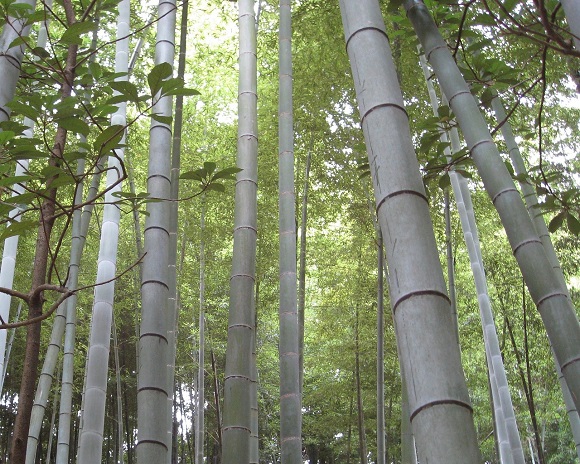
In terms of wood sustainability, fast growing trees are better. The faster a tree grows the sooner it reaches maturity and can be used as a natural resource. Carefully managed tree planting programs can help by ensuring that there is a constant stream of new trees being planted as mature trees are harvested. The main issue with tree planting programs, especially for hardwood trees such as Oak is that they take many years to grow to maturity, in most cases at least 40 to 50 years if not longer.
When it comes to how fast a particular type of tree grows, environmental conditions and the locality of the tree can have a measurable impact. A tree that’s growing in an ideal location, under ideal conditions, will grow faster and reach maturity quicker than a tree of the same species that’s growing in less favourable conditions.
To clarify for those that are already shouting at the computer monitor that Bamboo isn’t a tree, and for those that didn’t know, Bamboos are a sub-family of flowering perennial evergreen plants in the grass family. But even though they are not strictly a tree, many species of Bamboo still grow to produce a highly usable wood.
So where does Bamboo fit into the sustainable wood equation? Put simply, Bamboos are the fastest-growing plants in the world with some species of bamboo growing as much as 92cm, around 3 feet, in 24-hours, a rate of almost 4cm (1.5 inches) an hour or around one inch every 40 minutes. With the optimum harvesting period considered to be around 5 to 6 years, it’s easy to see why the popularity and demand for Bamboo has increased so much in the last two decades.
Bamboo, like true wood, is a natural composite material with a high strength-to-weight ratio useful for structures. Bamboo has long been used as scaffolding in the far east; the practice has been banned in China for buildings over six stories, but is still in continuous use for skyscrapers in Hong Kong. The Bamboo page on Wikipedia states that ‘Bamboo has a higher compressive strength than wood, brick, or concrete and a tensile strength that rivals steel.’
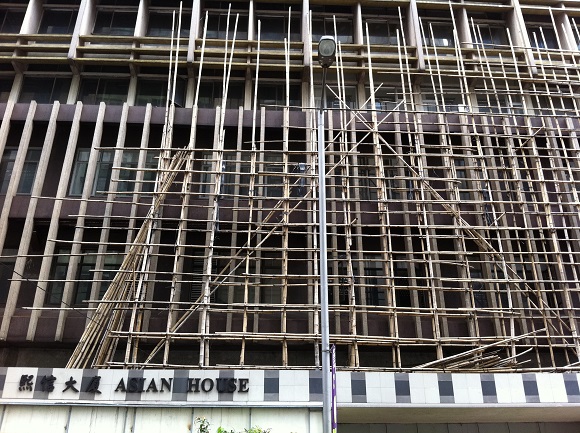
What does Bamboo get used for?
Because there are so many different types of Bamboo, all of which have their own unique properties, the list of Bamboo uses probably runs into the thousands. Because of this we’ve listed just a couple of the obvious and perhaps less obvious below.
Bamboo flooring
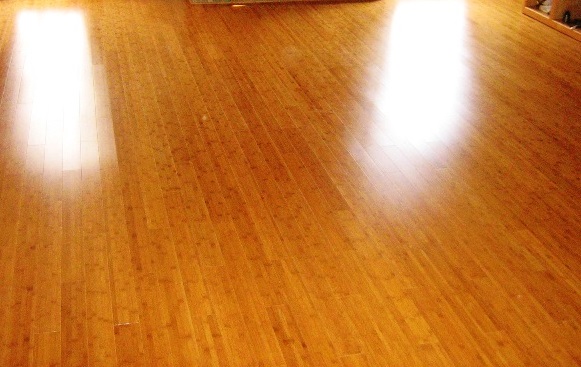
The popularity of Bamboo flooring has increased enormously over recent years and is now huge business, especially in the United States. There’s no denying that its practical and perfect for busy environments including commercial premises such as restaurants, cafes and more. There are concerns however that because of its popularity, native forests in China and other parts of the world are being cleared for Bamboo plantations. With the use of fertilisers to increase quality and yield of crop, there are now concerns that the positive environmental benefits that Bamboo once had are now being eroded by the mass clearance of land and the chemicals being used.
In addition to flooring, Bamboo is being used for a whole host of other building and construction materials including Medium Density Fiberboard (MDF), wooden beams, particle board, veneer, moldings and more.
Pulp and Paper Products
Like traditional woods, Bamboo is also used for a wide range of paper products including paper, cardboard, toilet tissue and coffee filters to name but just a few.
Textile Industry
Bamboo cotton blend is a highly effective anti bacterial combination that is more hydrophilic than cotton and more absorbent. Bamboo is used in a massive range of textiles from bedding to nappies, cleaning cloths to socks. Bamboo is more breathable and more absorbent than cotton and dries nearly as quickly. There is growing interest and demand in Bamboo clothing with suppliers such as BAM Clothing selling a full range of mens, women’s and children’s clothing made from this incredible plant.
Energy
Bamboo is also used in the Bioenergy industry for fire in the form of Bamboo charcoal, fire briquettes, pellets and in the production of Biofuels.
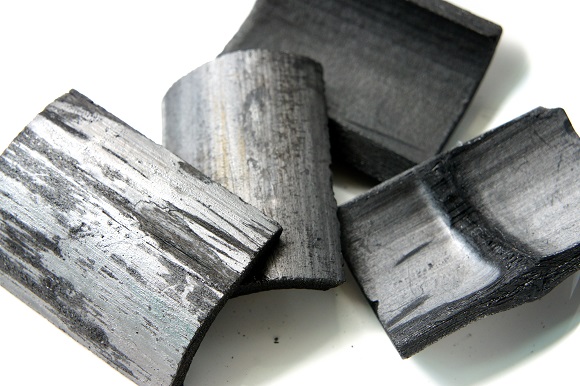
Food and Drink
In the animal kingdom, everyone knows who loves Bamboo. In terms of us humans, almost everyone has eaten or at least heard of Bamboo Shoots, but have you tried Bamboo wine, tea, beer, vinegar or even Bamboo charcoal coated peanuts? It’s all out there for those looking to try something new.
Car Interiors
Fans of Jaguar cars and other classic British cars will be aware that the choice for ‘top end’ car interiors has traditionally been Walnut. Not anymore. Bamboo car interior trim including steering wheels, dashboards, centre consoles and interior door trims are being offered by many prestige car manufacturers including Rolls Royce and Lexus.
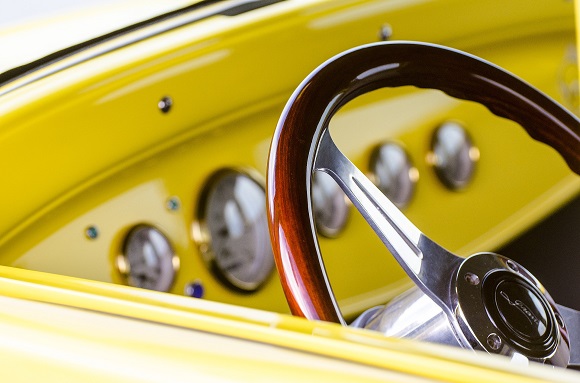
Sports Equipment
Gone are the days of purely functional sports equipment. Looking good is now as important as what the sporting equipment is used for. That said however, in some cases, Bamboo as a construction material has been found to be a better performer than some of the traditional materials used. Bamboo can now be found on everything from golf tees to snowboards, fishing rods to baseball bats, ski poles to bicycles.
Technology
This is a bit of a strange one. Although the human race seems to have an insatiable appetite for all things technology, including iphones, laptops, tablet computers and more, there’s a growing trend of encasing these high tech gadgets in the most natural, low tech materials such as wood. This isn’t a new concept as it was in the 1920’s that the cutting edge technology of radio was being housed in highly decorative solid wooden cabinets.
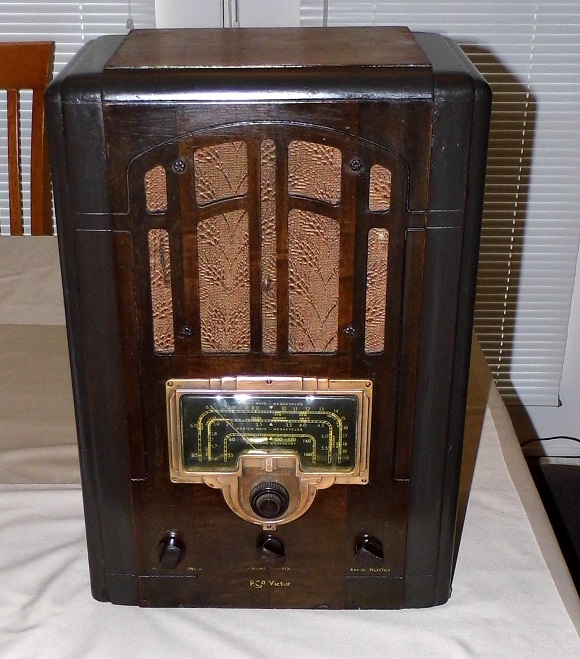
Today, there are an increasing number of companies that sell a range of Bamboo and other wood covers and protectors for almost every type of smart phone and tablet computer. If there’s nothing main stream that you like the look of, some even provide a bespoke design service so that your wooden phone protector is a one of a kind. For those wishing to go that bit further there are even computers, keyboards, computer monitors and even the computer mouse, all available in a real wood finish.
The list of Bamboo products and uses continues to grow as greater awareness of its strengths, benefits and of course its beauty becomes more wide spread. The big question is will the increasing demands for Bamboo ultimately destroy its credentials as an eco friendly alternative to wood from trees?
If you have a question on how best to finish Bamboo flooring, toys, smart phone covers or musical instruments made from this wonder material, give our team of resident experts a call. They’re always on hand to offer help and advice.




